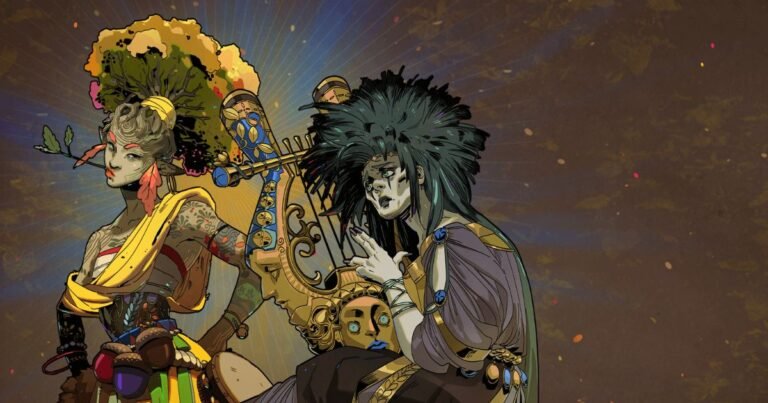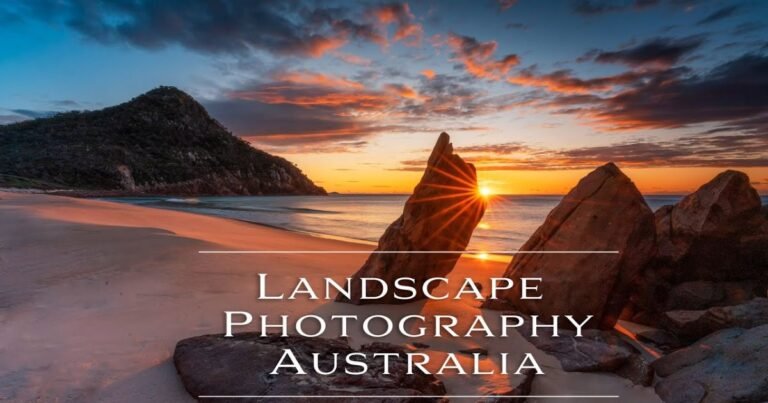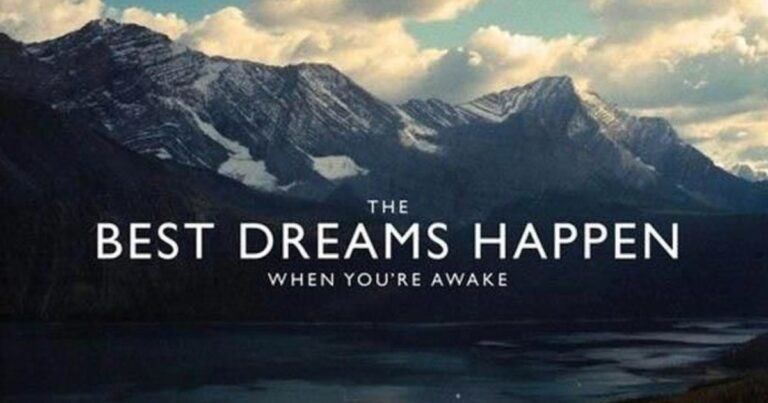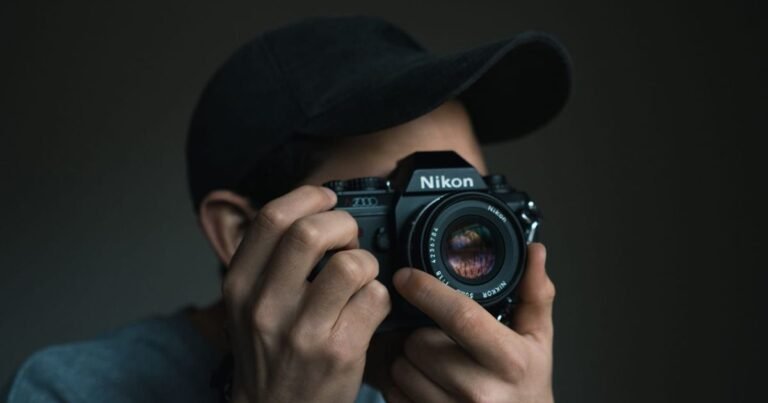
Contemporary photography goes beyond capturing a moment—it delves into the emotional depths of human experience. Emotion is influential in connecting the viewer and the image, making the photograph more than just a visual artefact but a profound narrative of feelings.
In this guide, we’ll explore how emotion shapes contemporary photography. We’ll discuss techniques photographers use to evoke feelings and share examples of artists who excel in this emotional storytelling.
Let’s get started!
What is Contemporary Photography?
Contemporary photography refers to the art of creating images that reflect modern life, ideas, and artistic practices. Unlike traditional photography, which focuses on documenting the world or capturing specific moments, contemporary photography often pushes the boundaries of what photography can be. It can involve experimentation with new techniques, technologies, and perspectives.
Contemporary photographers explore themes such as identity, culture, politics, and the environment, often using photography as a way to comment on or challenge societal norms. This type of photography can be highly conceptual, blending elements from other art forms like painting, sculpture, or digital media.
What is Contemporary Art?
Contemporary art refers to art created by living artists and reflects the world we live in today. It encompasses a wide range of styles, mediums, and techniques, often pushing the boundaries of traditional art forms. Unlike classical or modern art, which are tied to specific historical periods or styles, contemporary art is fluid and diverse, reflecting the ideas, issues, and experiences of the present time.
Key characteristics of contemporary art include:
- Diverse mediums: Artists use various materials and methods, including painting, sculpture, photography, video, performance, and digital media.
- Conceptual focus: Many contemporary works emphasize ideas and messages over aesthetics or technical skill. The concept behind the art is often as important as the finished product.
- Cultural and social commentary: Contemporary artists frequently address social, political, and cultural issues, such as identity, globalization, environmental concerns, and inequality.
- Interdisciplinary approaches: Contemporary art often crosses boundaries between disciplines, blending elements from literature, architecture, science, and technology.
Examples of Contemporary Photography
1. Cindy Sherman’s “Untitled Film Stills” (1977-1980)
- Style: Self-portraiture
- Concept: Sherman explores identity and gender roles by portraying herself in various fictional roles, inspired by film noir and old Hollywood. Her work challenges stereotypes and examines how women are represented in the media.
2. Andreas Gursky’s “Rhein II” (1999)
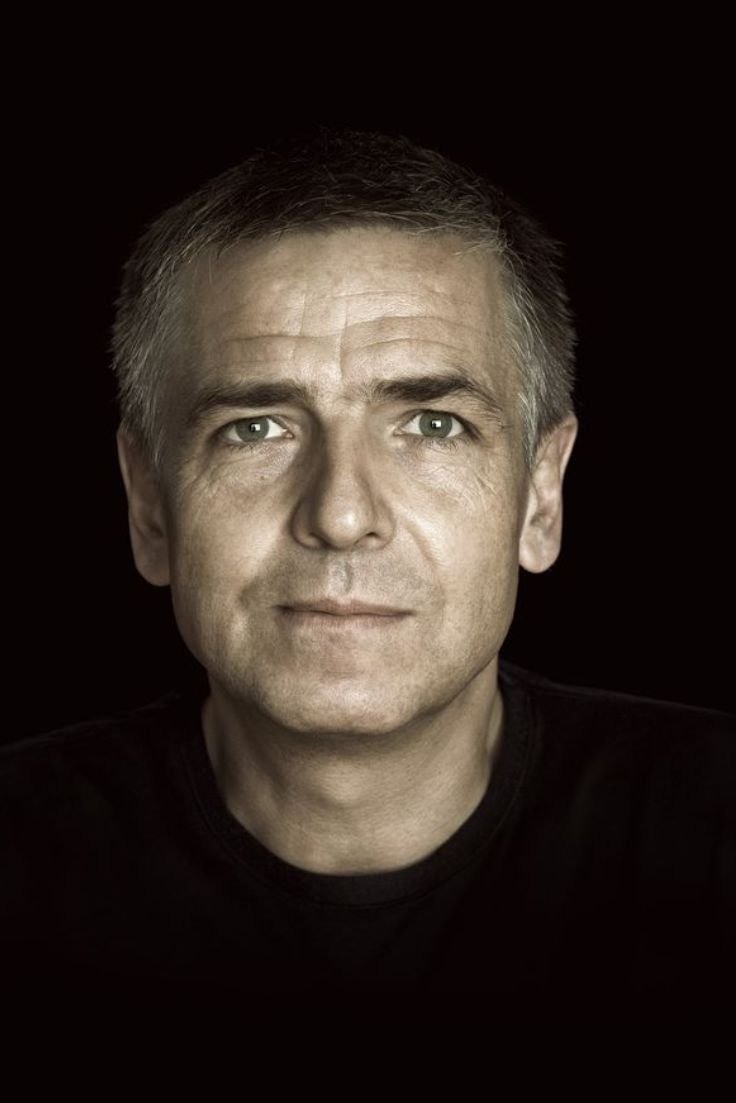
- Style: Large-scale landscape photography
- Concept: Gursky captures minimalist landscapes that are digitally altered to create surreal, hyperrealistic scenes. “Rhein II” became one of the most expensive photographs ever sold, emphasizing how modern photography merges art and technology.
3. Jeff Wall’s “A Sudden Gust of Wind” (1993)

- Style: Staged photography
- Concept: Inspired by Japanese woodblock prints, Wall meticulously stages and digitally composites large-scale images that resemble scenes from everyday life, but with dramatic, cinematic flair.
4. Nan Goldin’s “The Ballad of Sexual Dependency” (1985)
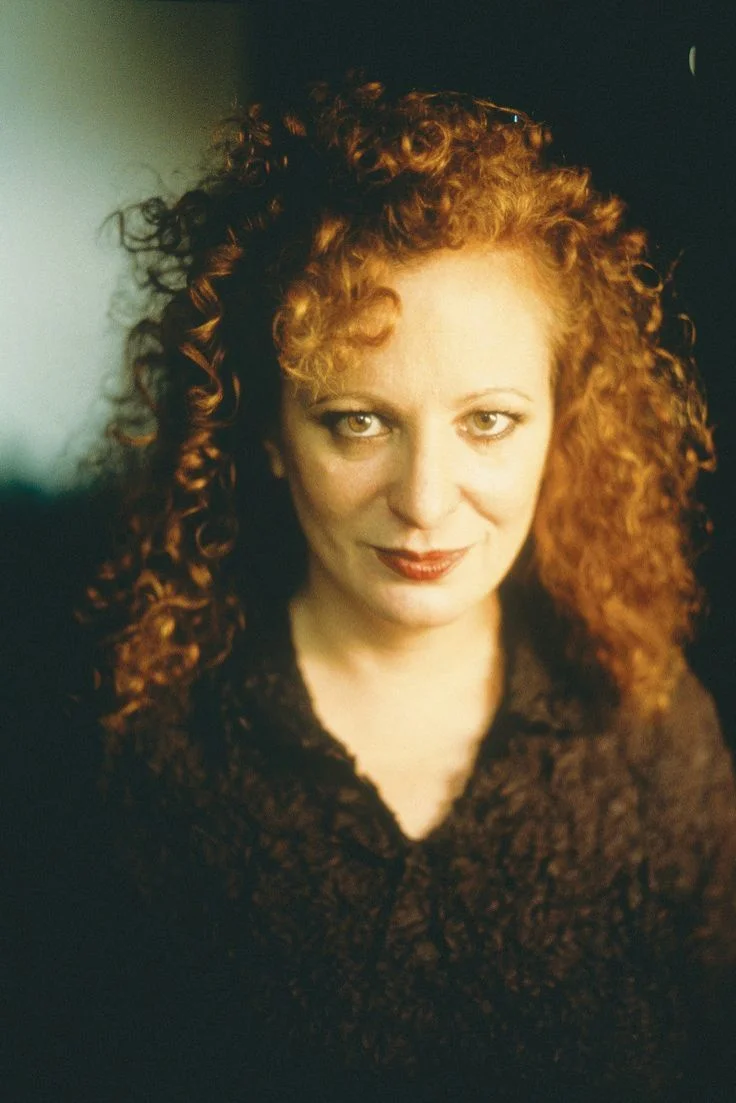
- Style: Documentary, autobiographical photography
- Concept: Goldin captures raw, intimate moments from her own life and the lives of her friends, exploring themes of love, addiction, and LGBTQ+ identity. She presents a gritty, unfiltered view of life.
5. Wolfgang Tillmans’ “Freischwimmer” series (2004)
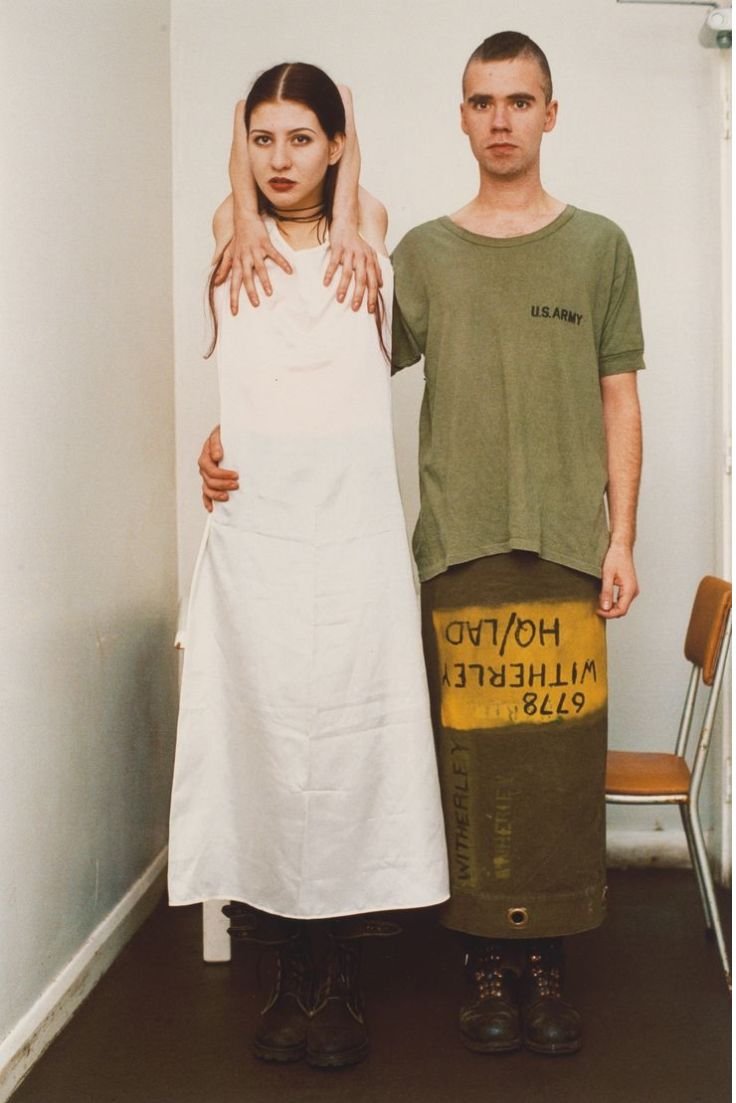
Wolfgang
- Style: Abstract photography
- Concept: Tillmans uses photography to blur the lines between abstraction and realism. The “Freischwimmer” series features fluid, ethereal images created without a camera, emphasizing photography as a medium for abstraction and experimentation.
6. Alec Soth’s “Sleeping by the Mississippi” (2004)
- Style: Documentary, portraiture
- Concept: Soth’s series captures the people, landscapes, and stories along the Mississippi River. His use of large-format photography offers intimate and melancholic portraits of life in the American Midwest.
7. Rinko Kawauchi’s “Illuminance” (2011)
- Style: Poetic, everyday photography
- Concept: Kawauchi captures fleeting, ordinary moments using soft lighting and a delicate colour palette. Her photographs highlight the beauty in small details, offering a meditative, almost dreamlike view of life.
8. JR’s “The Wrinkles of the City” project
- Style: Street photography, public art
- Concept: JR combines photography and street art by pasting large portraits of elderly individuals on the sides of city buildings worldwide. His work explores memory, ageing, and the relationship between people and urban spaces.
These examples showcase the broad scope of contemporary photography, where photographers use various techniques and subjects to comment on social issues, explore personal identity, or experiment with new artistic methods.
10 Famous Contemporary Photographers
- Cindy Sherman
- Specialty: Conceptual self-portraits
- Famous Work: Untitled Film Stills series
- Contribution: Cindy Sherman is known for her self-portraits where she transforms into different characters, exploring themes of identity, gender, and representation in society and media.
- Annie Leibovitz
- Specialty: Celebrity portraiture
- Famous Work: John Lennon and Yoko Ono portrait (1980)
- Contribution: Leibovitz is one of the most iconic portrait photographers of our time, known for her highly stylized and intimate celebrity photos, often featured in Vanity Fair and Rolling Stone.
- Andreas Gursky
- Specialty: Large-scale landscapes
- Famous Work: Rhein II (1999)
- Contribution: Gursky is renowned for his large-format, digitally manipulated landscapes, focusing on globalized society, architecture, and the impact of human activity on the world.
- Gregory Crewdson
- Specialty: Cinematic, staged photography
- Famous Work: Beneath the Roses series
- Contribution: Crewdson creates elaborate, staged scenes with meticulous lighting and direction, resulting in photographs that feel like film stills and explore themes of suburban life, isolation, and the uncanny.
- Nan Goldin
- Specialty: Intimate, autobiographical photography
- Famous Work: The Ballad of Sexual Dependency (1985)
- Contribution: Goldin captures raw, personal moments from her life and the lives of her friends, often touching on themes of love, addiction, and LGBTQ+ identity, presenting gritty and unfiltered perspectives.
- Steve McCurry
- Specialty: Documentary and travel photography
- Famous Work: Afghan Girl (1984)
- Contribution: McCurry’s striking portrait of the Afghan girl with piercing green eyes became one of the most famous photographs in the world. His work focuses on war, conflict, and culture, capturing powerful human emotions and stories.
- JR
- Specialty: Street art and large-scale photography installations
- Famous Work: The Wrinkles of the City project
- Contribution: Combining photography and public art, JR pastes massive portraits on urban spaces around the world, using art to bridge social and political divides, and addressing themes of community, memory, and identity.
- Rineke Dijkstra
- Specialty: Portraiture, often of adolescents
- Famous Work: Beach Portraits series
- Contribution: Dijkstra’s portraits, especially of young people, capture vulnerability, identity, and the passage from youth to adulthood. Her stark, minimalist style allows the subjects’ emotions to take center stage.
- Wolfgang Tillmans
- Specialty: Abstract, still life, and documentary photography
- Famous Work: Freischwimmer series
- Contribution: Tillmans blurs the lines between abstraction and reality, creating images that explore light, form, and everyday subjects. His work reflects on social and political issues, especially the LGBTQ+ community.
- Alec Soth
- Specialty: Documentary-style photography
- Famous Work: Sleeping by the Mississippi (2004)
- Contribution: Soth captures intimate moments and portraits in the American Midwest, often focusing on themes of isolation, the American dream, and the quiet beauty in ordinary lives.
These photographers represent various approaches, from conceptual and cinematic photography to raw documentary styles, each making a distinct mark in contemporary art and culture.
Final Words
In today’s world, photography goes beyond capturing a moment—it evokes feelings and tells stories. Emotions are crucial in guiding the photographer and the viewer, turning images into powerful narratives. Contemporary photography challenges us to explore deeper connections between the subject and the audience, transforming simple visuals into profound experiences. As photographers embrace emotion in their work, they create art that resonates on a human level, making the impact of their images truly timeless.
